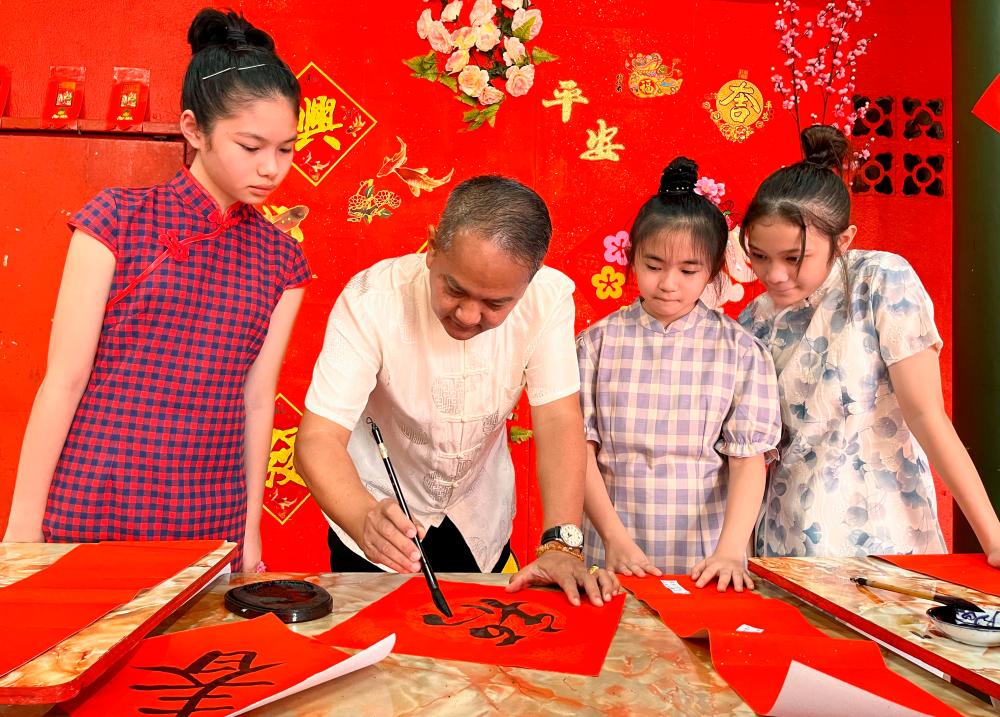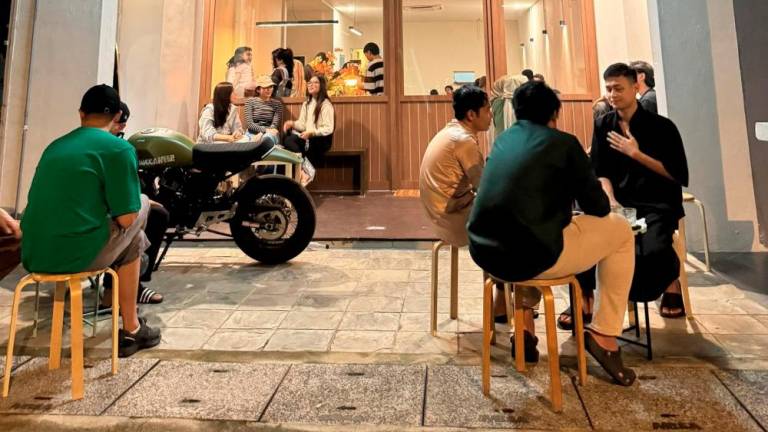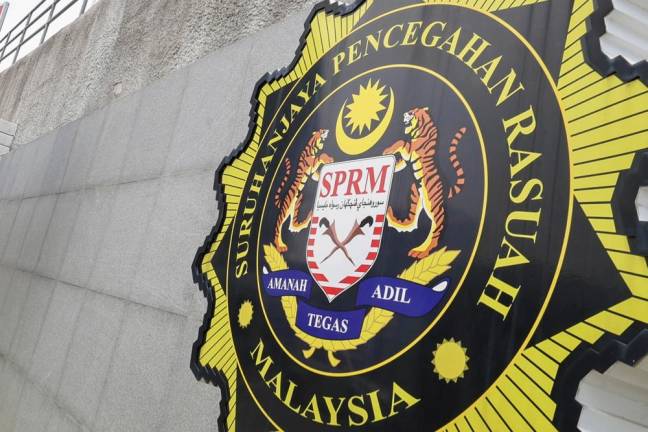GUA MUSANG: Chinese calligraphy is one of the important elements for the Tiong Hua community as the art can be used to symbolise joy and luck, and this is hung as decorations on the left and right sides of doors or buildings in conjunction with the Chinese New Year celebrations.
Liew Koon Yan, 54, said the Chinese New Year celebration is not complete if these decorations of calligraphy do not adorn the walls and doors of houses, temples and premises.
Koon Yan, who is a teacher at Sekolah Menengah Kebangsaan (SMK) Tengku Indra Petra 2, annually chooses to teach the younger members of the Chinese community calligraphy in conjunction with the festival.
“The art of calligraphy is written with Chinese ink and brush, using red paper that symbolises festivity or brings ‘ong’ (luck).
“Although we are living in modern times, there are still Chinese youths, especially schoolchildren who are keen on traditional Chinese culture and want to learn the art,“ he told reporters when met here today.
Elaborating further, Koon Yan said each word that is written not only symbolises their cultural art, but has a meaning and prayer that symbolises the beginning of a new spirit, and that prosperity and profit will be obtained in life.
These calligraphy writings usually have between one and seven different words.
Meanwhile, Koon Yan’s student Belle Ng Pui En, 12, said she learned calligraphy at the age of five together with her friends Soo Yee Han and Liew Yu Xi, who are all students at Sekolah Jenis Kebangsaan Cina (SJKC) Gua Musang.
“Every year the three of us volunteer to do calligraphy work to hang in temple areas, indirectly training ourselves to be calm and patient to make beautiful calligraphy. I hope young people, especially the Chinese, will continue to preserve and learn the art of calligraphy,“ she said. - Bernama










